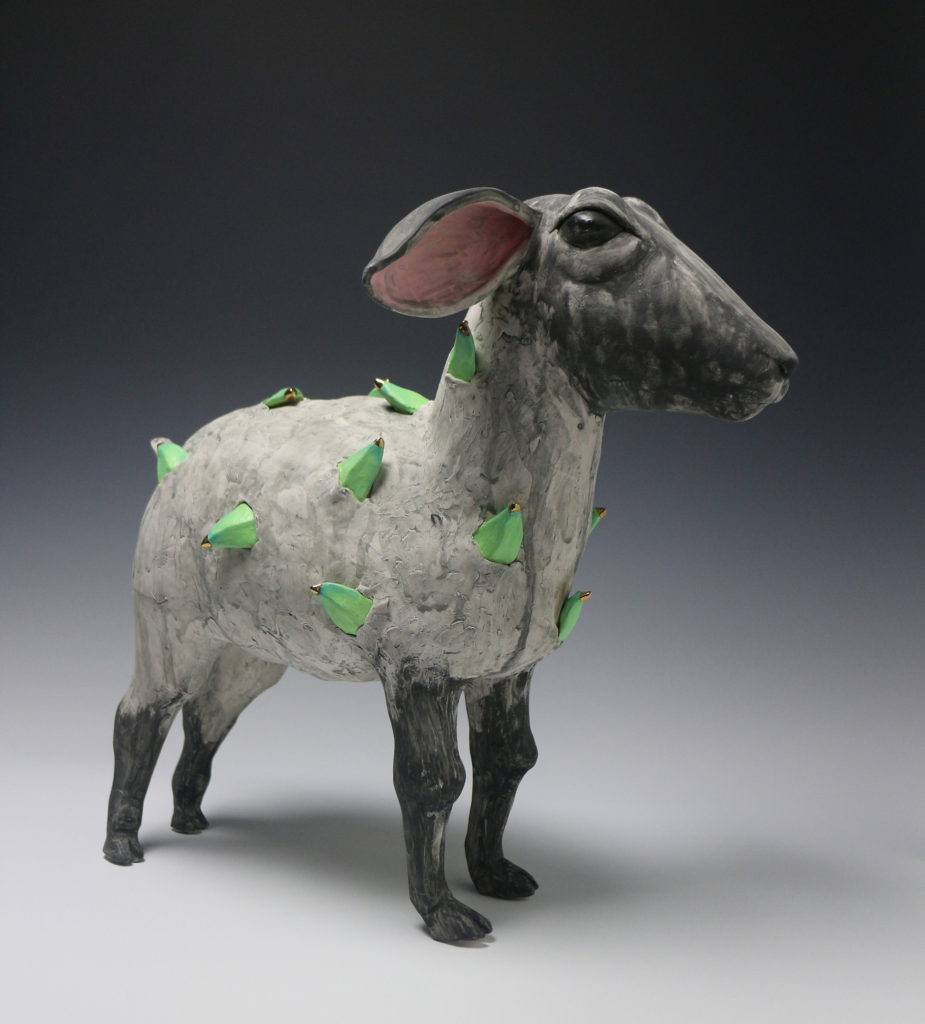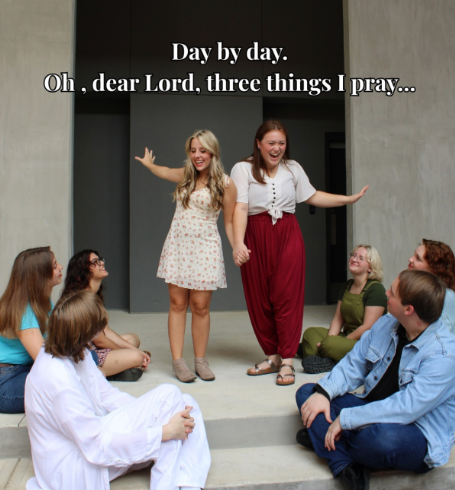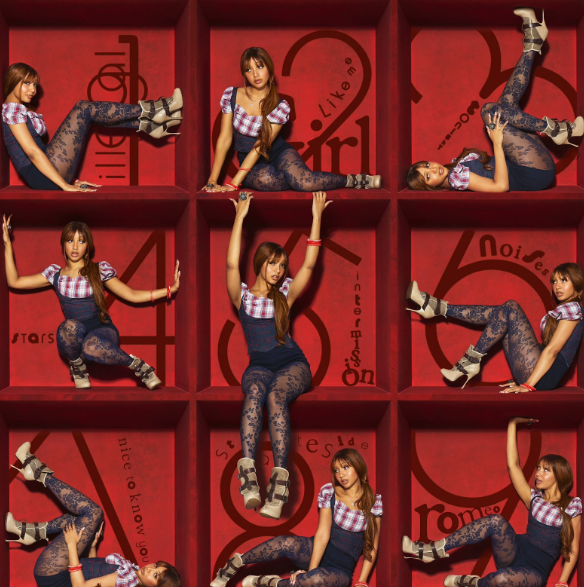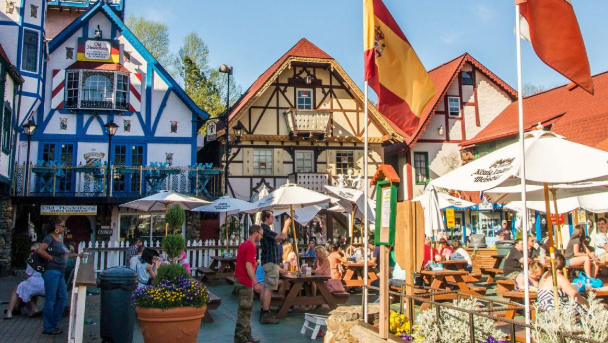
Working to make art that reflects the pain and beauty of creatures in nature, Mark Knott and Krista Grecco were able to create a simple dialogue between the two different forms of art in ceramics through collaboration. The exhibit will include platters and large vessels created by Mark Knott, as well as figurative, sculptural pieces created by Krista Grecco.
The exhibit is full of charming, colorful pieces that contrast between delicate and powerful. Knott’s large pottery vessels command the room with their size, color and patterns, while the floral silhouettes and dot-like patterns reflect the lovely side of nature.
“When you look very closely at the scales on a fish you see all these beautiful different patterns,” said, self-taught artist, Mark Knott. “That’s the inspiration behind the dotted patterns you see.”
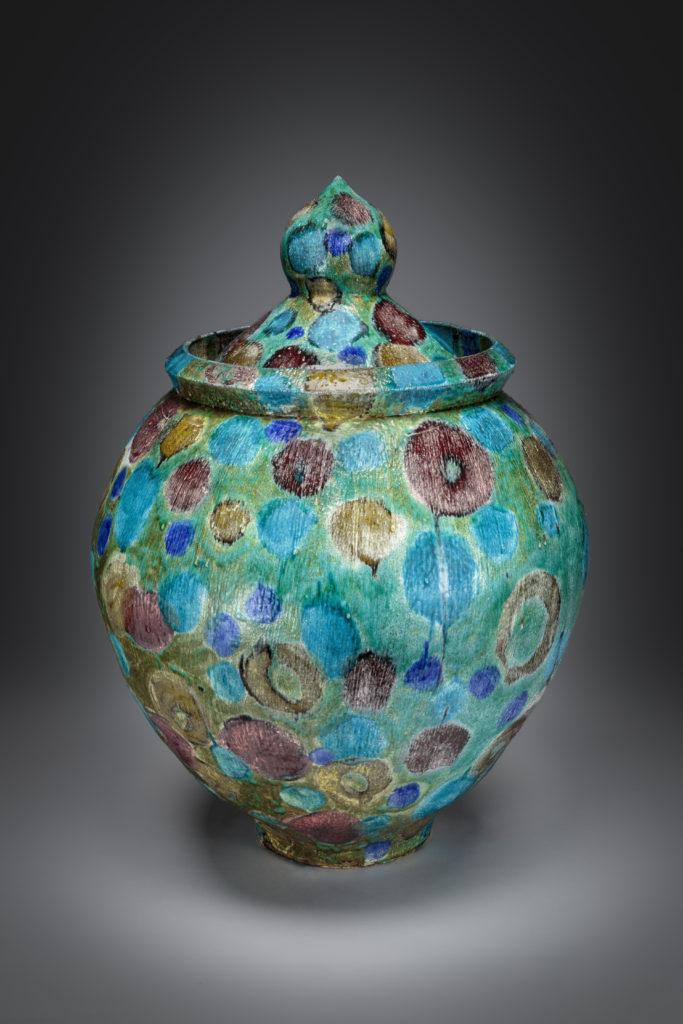
Knott started working with ceramics in a small town in southern California. Over seven years, he eventually taught himself how to master the wheel. He can now produce 10 large vessels at a time. Knott graduated from Kansas City Art Institute and mastered in ceramics. He also mastered in sculpture at San Jose State University. Knott is currently teaching U.S. Visual and Performing Arts at Pace Academy in Atlanta.
Reflecting the nature and relationships between humans and animals, Grecco’s pieces are much smaller in size and grab the heart of the exhibit. The inspiration for Grecco’s sculptures are more obvious, yet have deeper and more telling stories behind them.
“Her porcelain sculptures- fueled by emotion, duality and color- exist in the space between perfection and failure,” as stated in Krista Grecco’s biography. “Human and animal forms endeavor to illustrate the push and pull between happy and sad, old and new, beautiful and ugly.”
Krista Grecco has a Divisional Honors in Ceramics M.F.A. and a B.F.A. from Alfred University, as well as a Graduate Fellowship from Ohio State University. Grecco is currently a professor at the Savannah College of Art and Design (SCAD) in Atlanta.
The blend of abstract and figurative in the collection creates a 360 degree look at ceramics and ceramic production.
“Clay firing was pretty much an accidental find,” said Mark Knott. “They, supposedly, had these fires in some buried primitive societies and some guy realized that the clay got really hard and were able to make short-term water vessels.”
The “Flora and Fauna” exhibit opened in the Mason-Scharfenstein Museum of Art on Oct. 10 and remains open through Nov. 14.


